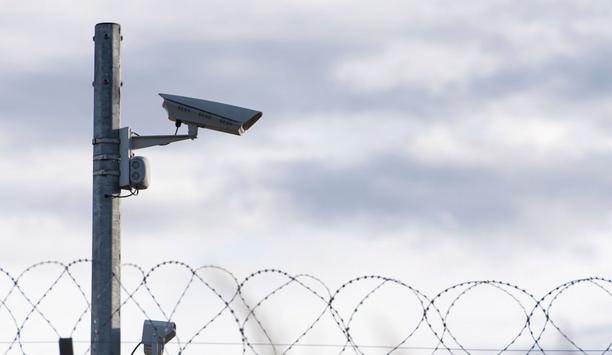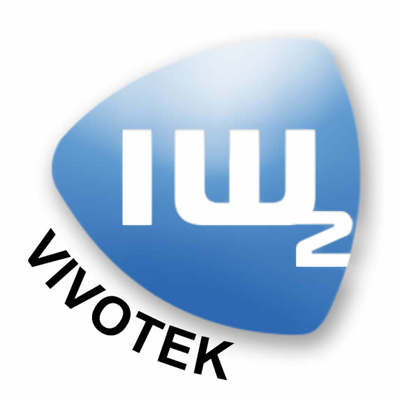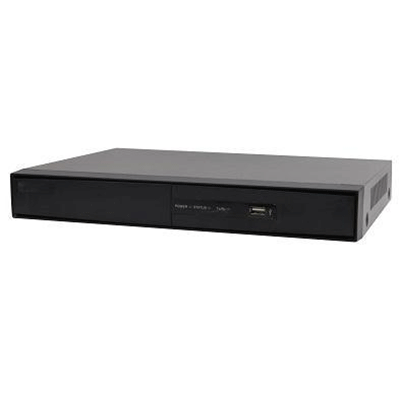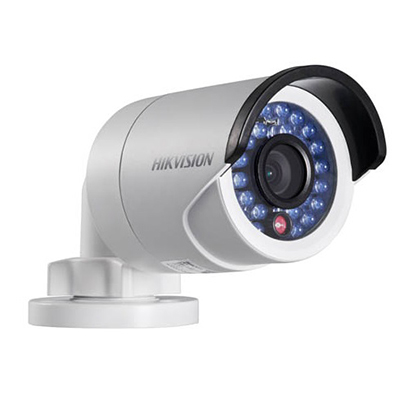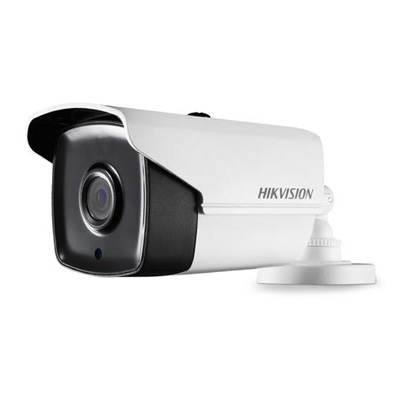ULIS, a manufacturer of high quality infrared (IR) imaging sensors for thermography, security and surveillance, automotive and military applications, announces recently that Micro80P(TM), its first 80x80 small pixel pitch high-sensitivity thermal sensor array, is available for sampling.
Selected customers have started testing the first units of Micro80P, which is based on amorphous silicon (a-Si) a microbolometer technology industry proven for its reliability. Micro80P aims at improving next-generation motion detection systems and increasing the measurement accuracy of building energy diagnostic tools, such as spot thermometers and other commercial thermal equipment, thereby enabling users to obtain more reliable data.
“ULIS’ Micro80P is designed to fill a capability gap in existing low resolution thermal detection sensors,” said Emmanuel Bercier, product line manager at ULIS. “It delivers data that goes several steps beyond the simple binary ‘yes/no’ response provided by today’s single or quad element thermal detection sensors that are used in, for example, motion detectors. In addition to detecting motion, ULIS’ higher spatial resolution 80x80 pixel thermal sensor array can also count, localise and classify objects or human activity. This means Micro80P can be used to regulate heating/air conditioning by informing the system about the number of people present in a room or other elements present that could impact air temperature, such as the walls. Initial feedback from customers who are sampling Micro80P has been positive. We will be ready to launch Micro80P by mid-year.”
Micro80P extends ULIS’s product portfolio from its high-resolution, high-sensitivity thermal imaging sensors used in thermography, security and surveillance, transportation and military applications to an entry level product at the upper end of thermal detection sensors. Consequently, Micro80P can be used in either of two ways: one will be to produce data in the form of an image for low-end imaging applications, like spot thermometers, so that users can see what is being measured. This is not the case today. The other will be to provide image-free data for thermal detection applications, such as automated building energy management, security access or people counting.
ULIS will display Micro80P at stand 12502 during the Sensor and Test exhibition, May 15 – 16, 2013 in Nuremburg, Germany. The team will also present a technical paper on performance enhancements in next-generation thermal sensor arrays entitled: “Low power consumption infrared thermal sensor arrays for smart detection and thermal imaging applications.” The presentation will focus on the Readout Integrated Circuit (ROIC) architecture of an 80x80 format sensor, which embeds the latest on–chip innovation, such as low power consumption management, using an I2C standard interface. Vacuum packaging technology improvements, such as Pixel Level Packaging (PLP), will be covered.




